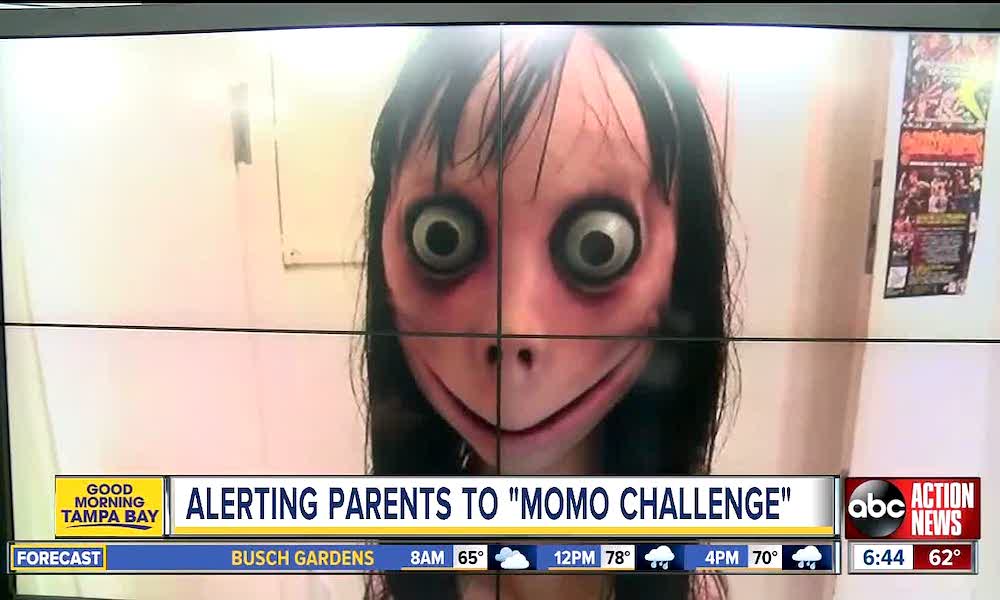Here’s Why You Should Stop Freaking out About the Momo Challenge
 Credit: ABC
Credit: ABC
Toggle Dark Mode
If you’ve been online recently, you’ve probably heard about the Momo challenge. You shouldn’t be worried about it.
First, a bit of context. The Momo challenge itself is, ostensibly, a “game” in which scary images and harmful messaging spliced into kid’s videos supposedly encourage them to engage in increasingly dangerous behavior — and, eventually, suicide.
Parents, school districts, local news channels, celebrities, and even police departments have breathlessly warned about the dangers of the challenge over the past week.
But there’s actually little evidence that the Momo challenge exists.
Major media outlets, misinformation experts, and even YouTube have reported that they’ve found no evidence that the Momo challenge is a widespread phenomenon.
Youth advocate Ann Collier called it another textbook example of a “viral media scare,” which she likens to the idea of poison in Halloween candy — which, by the way, is also a myth.
The idea is that these types of hoaxes play into our worst fears, particularly about things we don’t understand. Just think of the warnings about Momo “hacking into” into YouTube videos. That’s a nonexistent threat.
And Momo isn’t new, either. Rumors of similar challenges with the imagery first circulated in South America a couple years back. The scary picture itself is actually just a Japanese sculpture called Mother-Bird, which has nothing to do with the challenge or its spread.
Worse still, anyone who has shared warnings about Momo with good intentions may have unintentionally made the problem worse.
People who start these types of scares are in it for the virality. If you share a warning without thinking about it, you’re just helping them along. Worse still, there may be bad actors out there who are splicing Momo content into videos now that the hoax went viral.
Of course, it’s impossible to prove that all YouTube videos are free from harmful content. It’s just that this specific challenge isn’t something to get worked up about. At least, it wasn’t before people unintentionally gave it its 15 minutes in the spotlight.
That’s why you should keep an eye on the content your kids are interacting with. And be proactive: create a dialogue and let them know to come to you as soon as they see anything scary, harmful or unusual online.






